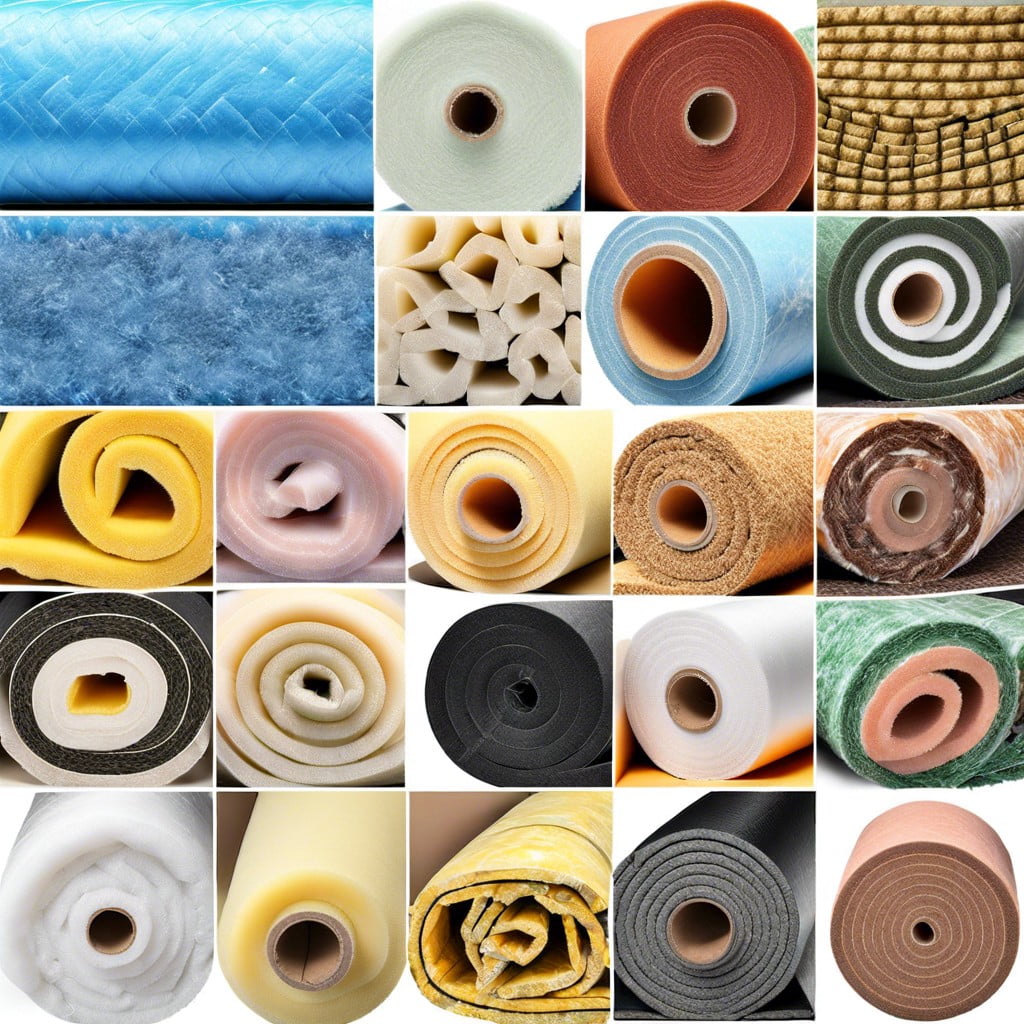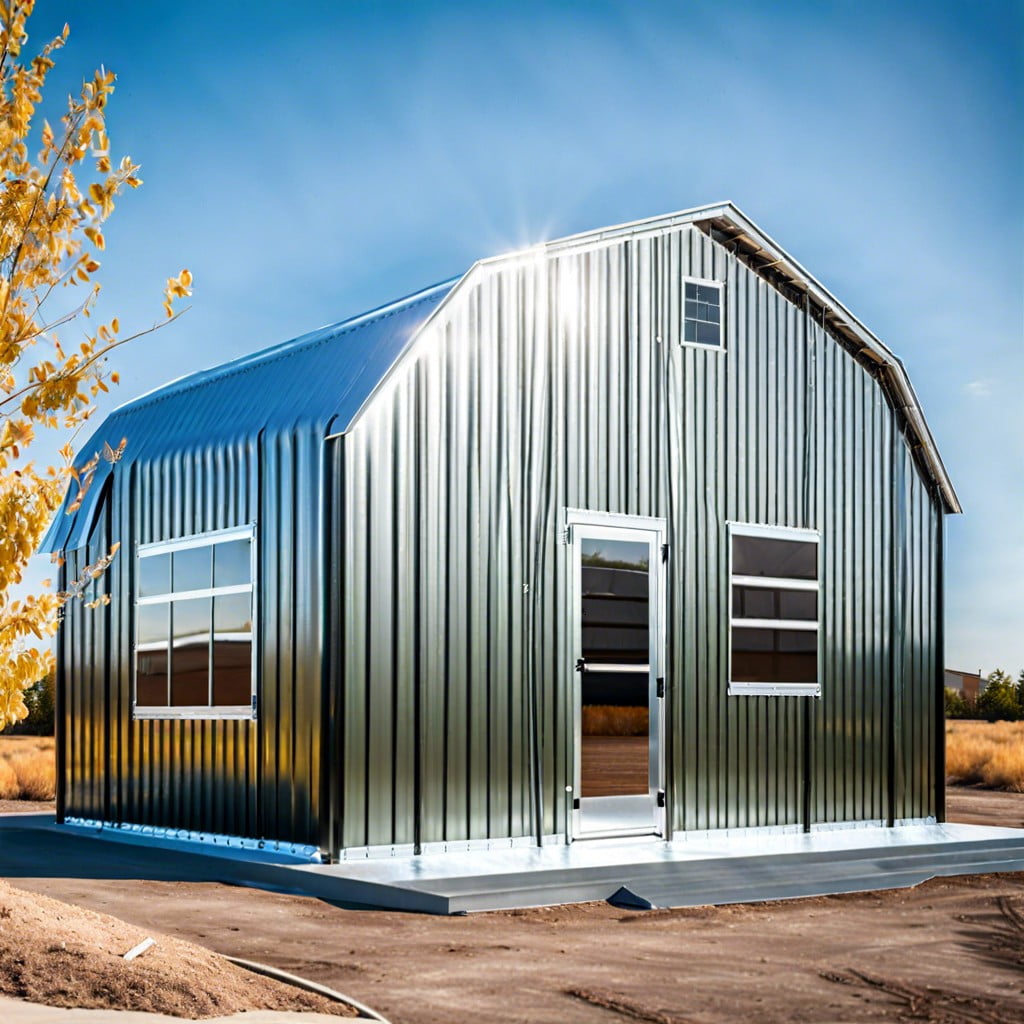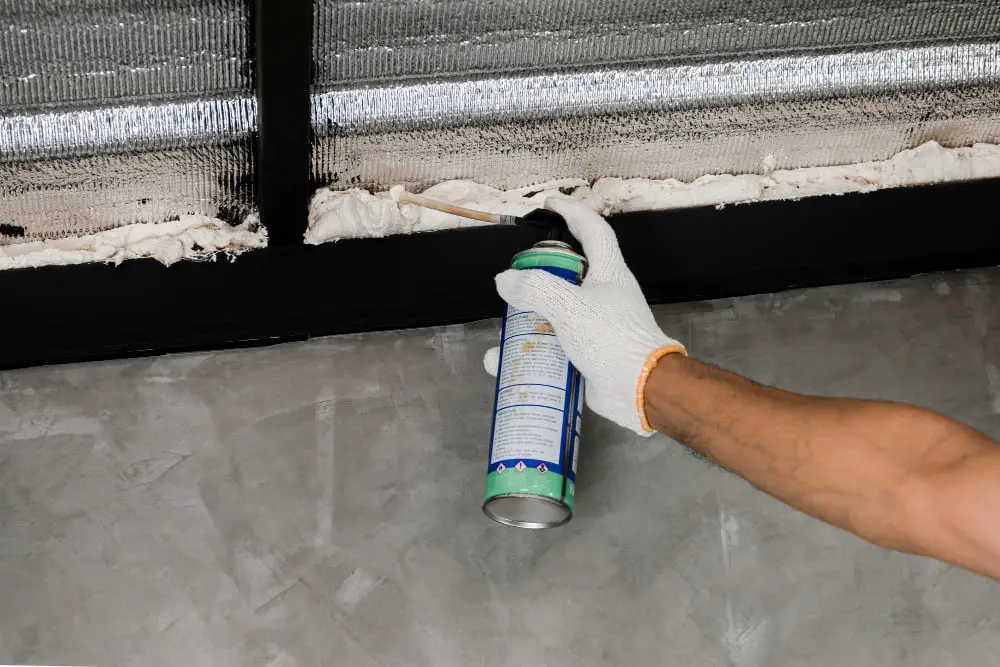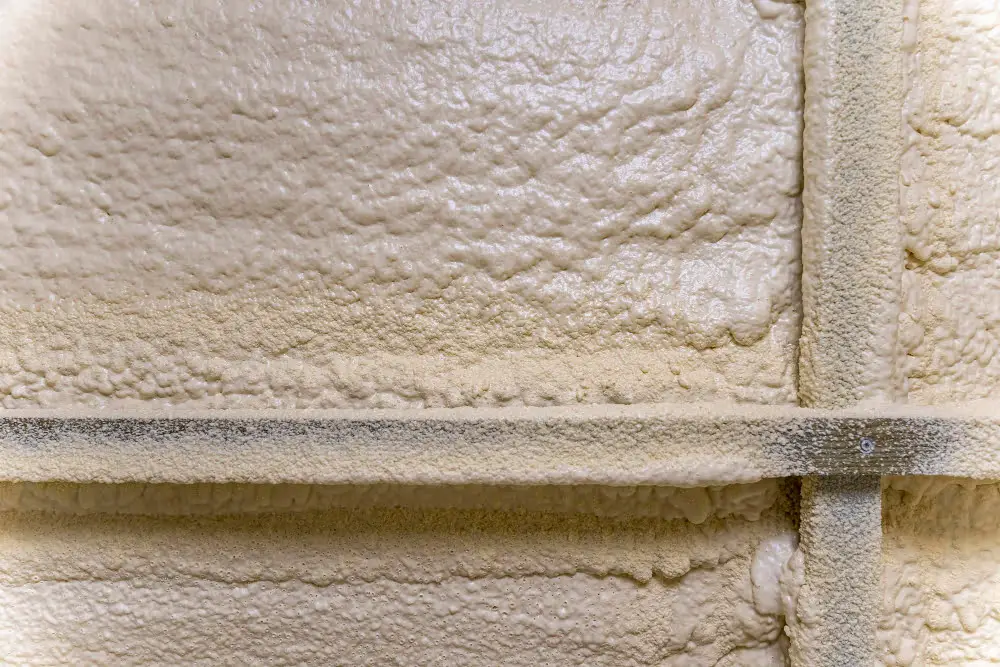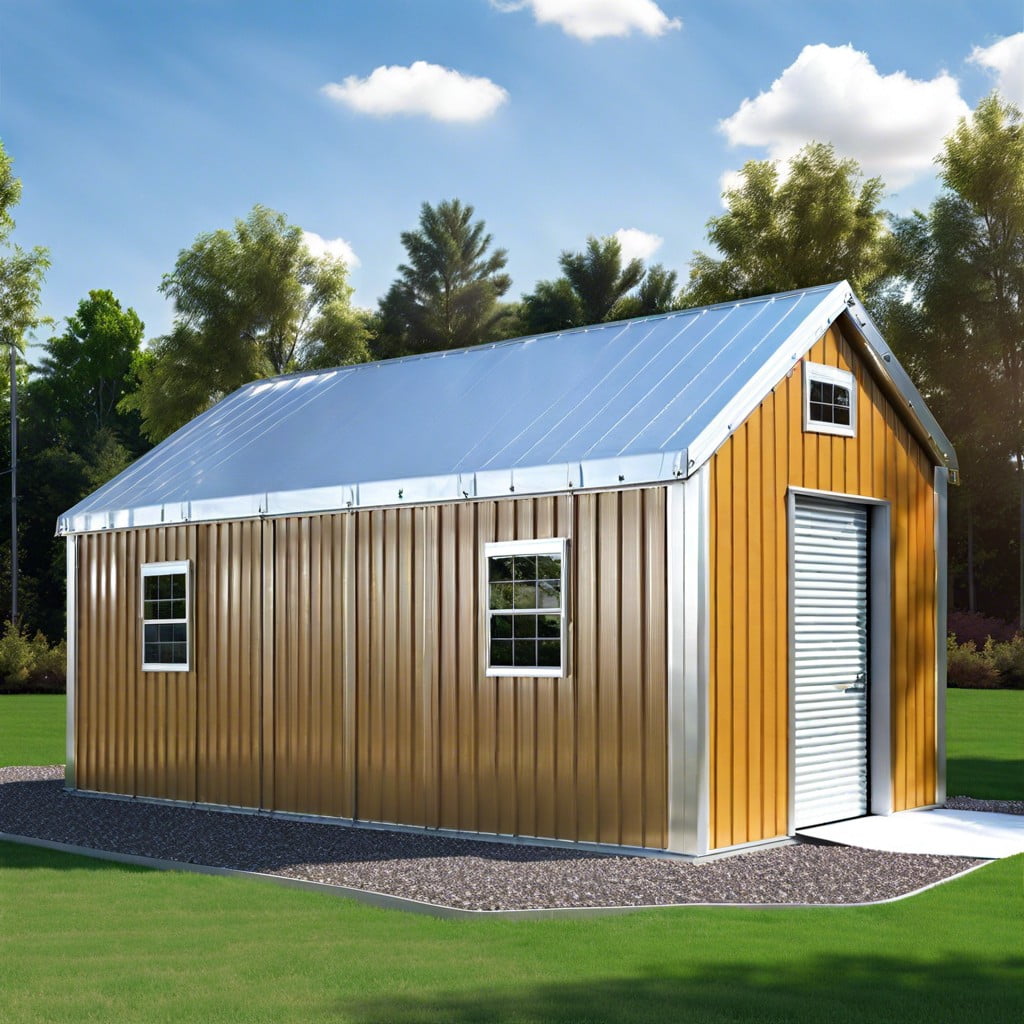Let’s explore how eco-friendly polymer insulation combines superior insulation performance with environmental consciousness.
It’s not just because it’s environmentally responsible, but also because it offers high-performance insulation for buildings.
Let me tell you a story about a client looking to renovate their home. They wanted to make their home more energy-efficient and reduce their carbon footprint at the same time.
As we discussed various insulation options, they expressed concern over the environmental impact of traditional materials like fiberglass.
That’s when I introduced them to eco-friendly polymer insulation. Not only did it meet their sustainability goals, but it also provided excellent thermal performance and soundproofing capabilities.
In this blog post, I’ll dive deeper into what makes eco-friendly polymer insulation unique and why more homeowners and builders should consider using it in their projects.
Key takeaways:
- Eco-friendly polymer insulation is made from recycled plastic and other post-consumer waste.
- It offers high thermal performance and soundproofing capabilities.
- It reduces landfill waste and conserves energy.
- It meets green building standards and contributes to LEED certification.
- It reduces the carbon footprint and lowers energy bills.
Eco-Friendly Polymer Insulation
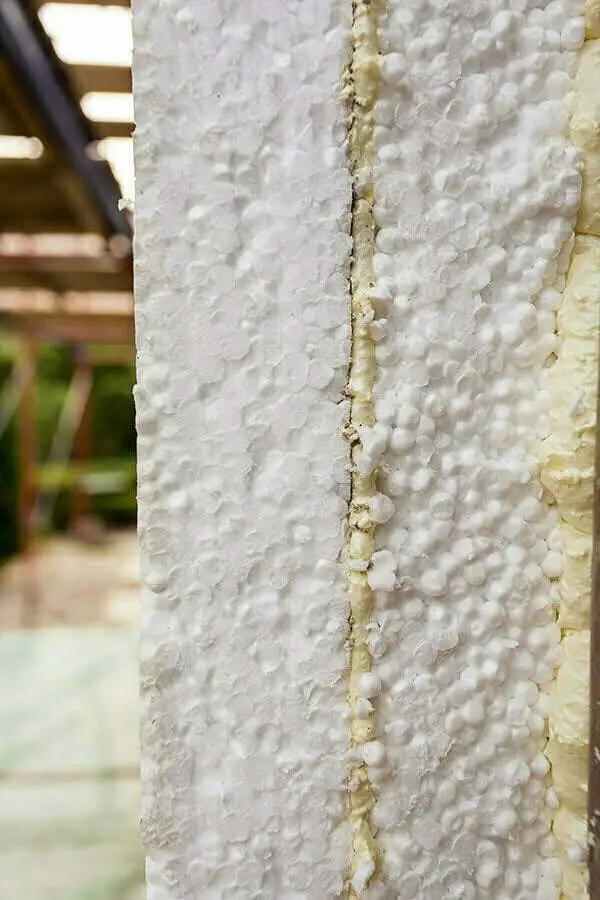
Eco-friendly polymer insulation is a type of insulation material that is made from recycled plastic and other post-consumer waste. It’s an excellent alternative to traditional insulation materials like fiberglass, which can be harmful to the environment during production and disposal.
When I introduced my client to eco-friendly polymer insulation, they were impressed by its environmental benefits. They learned that this type of insulation not only reduces landfill waste but also helps conserve energy by keeping buildings warm in winter and cool in summer.
But what really sold them on eco-friendly polymer was its performance capabilities. This material has a high R-value (a measure of thermal resistance) which means it provides superior heat retention compared to other types of insulations.
It’s lightweight yet durable enough for long-term use without losing effectiveness over time.
My client was thrilled with their decision to use eco-friendly polymer as their home’s primary source of insulation. Not only did they reduce their carbon footprint significantly but also enjoyed lower energy bills due to improved efficiency – all while maintaining optimal comfort levels inside the house!
Insulation Performance
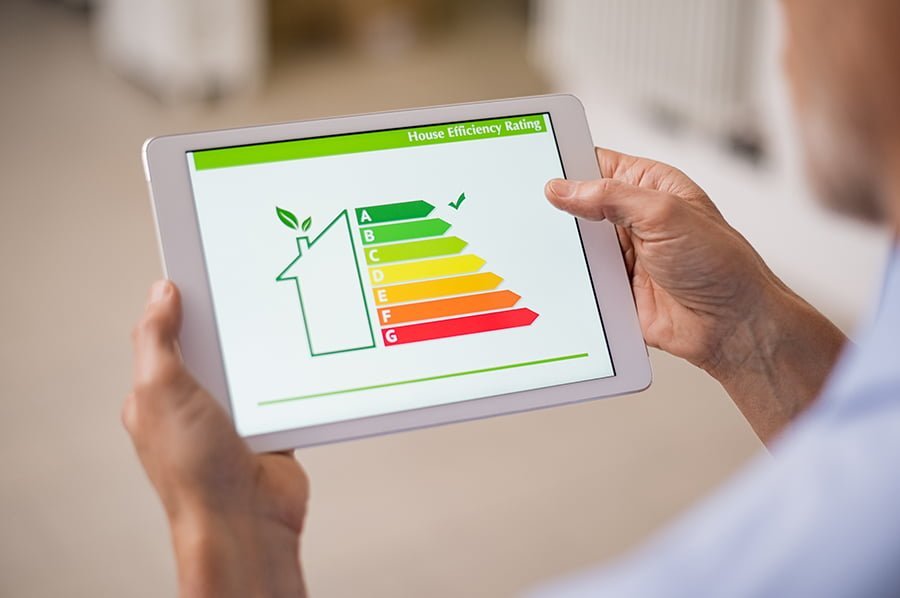
Insulation performance is a crucial factor to consider when choosing the right insulation material for your building. It can significantly impact energy efficiency, indoor comfort, and noise reduction.
Traditional insulation materials like fiberglass have been widely used in the construction industry due to their affordability and availability. However, they are not always the best option when it comes to performance.
As I explained to my client during our renovation project discussion, eco-friendly polymer insulation offers excellent thermal resistance compared to traditional materials like fiberglass or cellulose. This type of insulation has a higher R-value per inch than other types of foam insulations on the market today.
Eco-friendly polymer insulation also provides superior soundproofing capabilities that help reduce unwanted noise from outside sources such as traffic or neighbors’ activities.
This type of eco-friendly material does not settle over time which means it will maintain its insulating properties throughout its lifespan without any degradation in performance.
By using eco-friendly polymer insulation instead of traditional options like fiberglass or cellulose you can achieve better overall building envelope performance while reducing your carbon footprint at the same time!
Environmental Responsibility

When it comes to building or renovating a home, environmental responsibility should be at the forefront of our minds. As builders and homeowners, we are responsible for reducing our carbon footprint and making sustainable choices that benefit both ourselves and the planet.
That’s why I was thrilled when my client expressed concern over the environmental impact of traditional insulation materials. It showed me that more people are becoming aware of their role in protecting the environment.
Eco-friendly polymer insulation is an excellent example of how we can blend high-performance with sustainability. Made from recycled plastic bottles, this type of insulation reduces waste and saves energy by providing superior thermal performance.
By choosing eco-friendly polymer insulation for their renovation project, my client was able to achieve both their sustainability goals and improve their home’s comfort level. And as builders or homeowners looking towards future projects – it’s essential always to consider environmentally responsible options like these!
Sustainable Materials
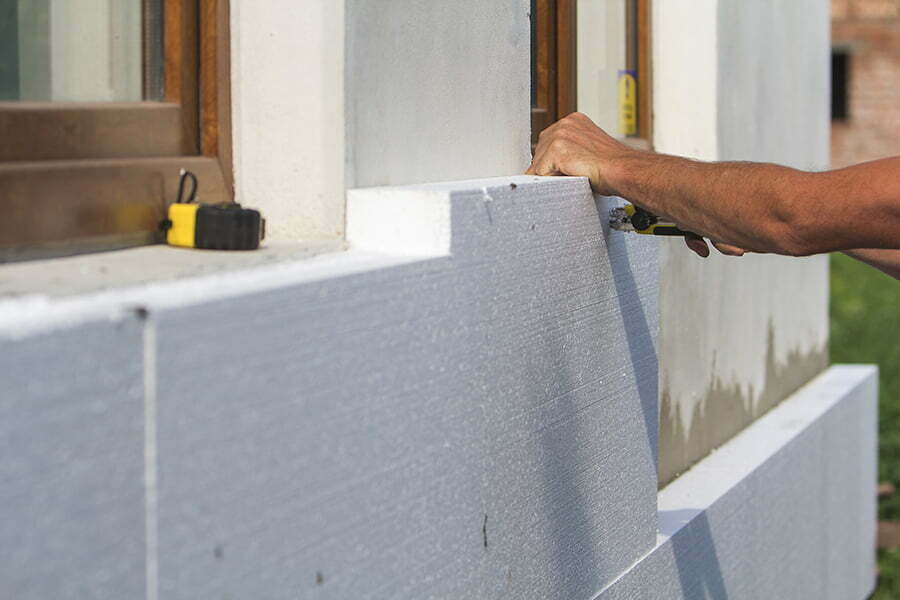
Sustainable materials are becoming increasingly popular in the construction industry, and for good reason. As my client discovered during their home renovation project, traditional insulation materials like fiberglass can significantly impact the environment.
These materials often contain harmful chemicals and require a lot of energy to produce.
Eco-friendly polymer insulation is different. It’s made from recycled plastic bottles and other post-consumer waste, reducing the amount of waste in landfills or oceans.
It requires less energy to manufacture than traditional insulation products.
My client was thrilled to learn about this sustainable option for their home renovation project because they wanted to reduce their carbon footprint as much as possible while still achieving high-performance results with their new insulation material.
By choosing eco-friendly polymer insulation over traditional options like fiberglass or foam board, homeowners can positively impact the environment and their wallets by reducing heating costs throughout all seasons of the year!
Energy Efficiency
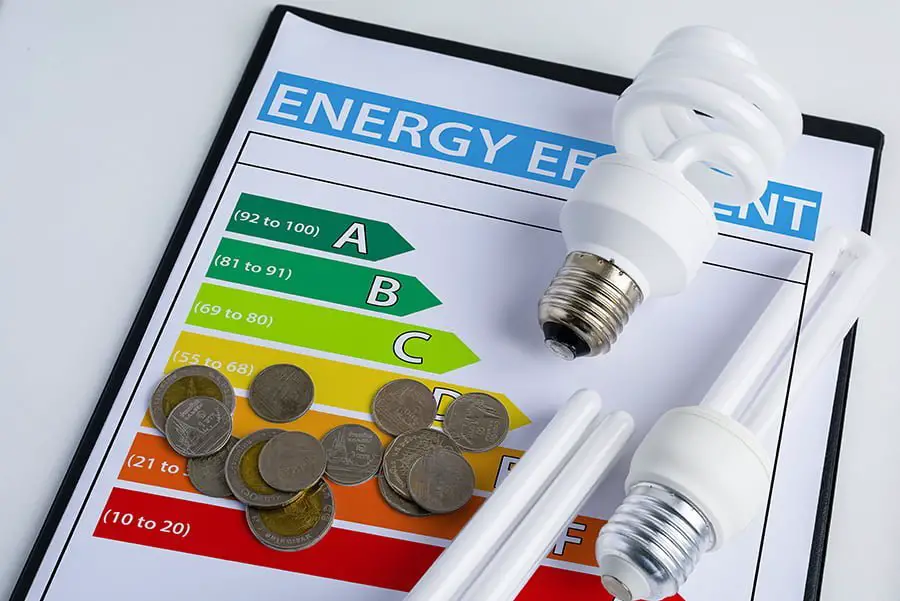
This type of insulation has a high R-value, which means it provides excellent thermal resistance to heat flow. This translates into less heat loss during winter months and less heat gain during summer months, resulting in lower heating and cooling costs for homeowners.
Eco-friendly polymer insulation is an effective air barrier that prevents drafts from entering or escaping your home. By sealing off any gaps or cracks where air could leak through walls or ceilings, you’ll be able to maintain a consistent temperature throughout your home without relying heavily on HVAC systems.
Using eco-friendly polymer insulation helps protect our environment and saves homeowners money by reducing their reliance on fossil fuels for heating and cooling purposes.
Green Building Standards

It’s not just about using a green product – it’s also important to consider how that product fits into overall green building standards. The Leadership in Energy and Environmental Design (LEED) certification program sets the standard for environmentally responsible construction practices.
Eco-friendly polymer insulation can contribute towards LEED credits in several categories: energy efficiency, indoor air quality, and material selection. By choosing this type of insulation material for their home renovation project, my client was able to meet their sustainability goals while also adhering to industry-leading green building standards.
In addition to being environmentally friendly and meeting LEED requirements, eco-friendly polymer insulation offers excellent thermal performance compared with traditional materials like fiberglass or cellulose. It provides superior soundproofing capabilities too – an added bonus if you live near a busy road or noisy neighbors!
Incorporating eco-friendly polymer insulation into your construction projects is an easy way to blend high-performance with environmental responsibility while meeting industry-leading green building standards like LEED certification programs.
Recycling and Waste Reduction
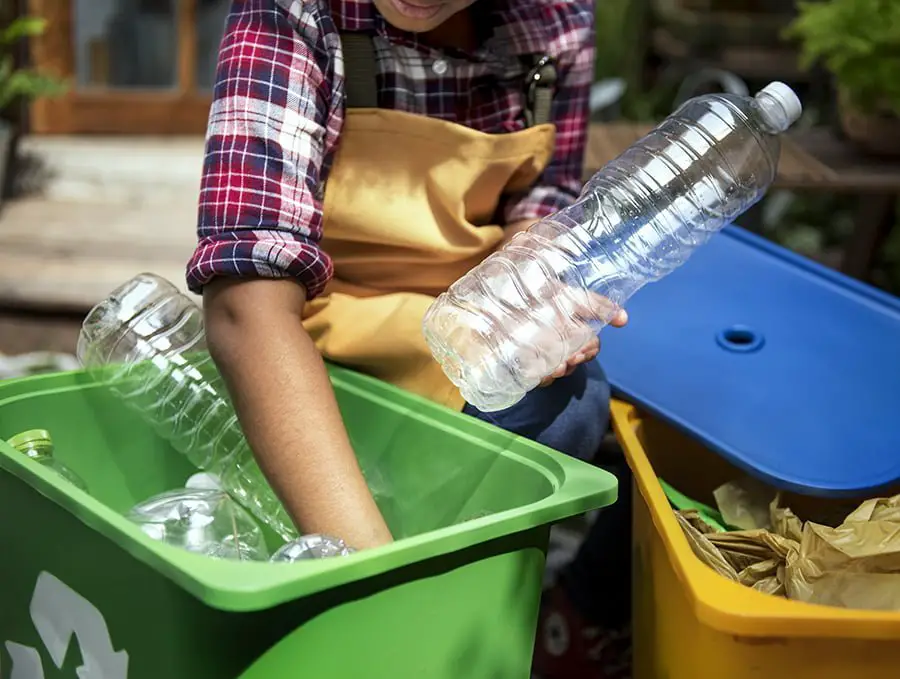
One of the biggest advantages of eco-friendly polymer insulation is its ability to reduce waste. Unlike traditional insulation materials, which can be difficult to recycle or dispose of properly, eco-friendly polymer insulation is made from recycled plastic bottles and other post-consumer waste.
This means that not only does it prevent these materials from ending up in landfills, but it also reduces the need for new raw materials.
As I explained to my client during our renovation project discussion, using this type of insulation material helps reduce their carbon footprint by reducing greenhouse gas emissions associated with manufacturing new products. It’s a win-win situation: they get high-performance thermal protection for their home while contributing towards environmental sustainability.
In addition to being made from recycled content, eco-friendly polymer insulation has a long lifespan compared to other types of insulations such as fiberglass or cellulose-based ones. This means that homeowners won’t have to replace it as often – further reducing waste over time.
Choosing an environmentally responsible product like eco-friendly polymer insulation benefits your building’s energy efficiency and contributes positively towards sustainable development goals- something we should all strive for!
Life-Cycle Analysis of Eco-Friendly Insulation Materials
When considering eco-friendly insulation materials, it is important to conduct a life-cycle analysis. This analysis evaluates the environmental impact of a product from its creation to its disposal.
It takes into account factors such as raw material extraction, manufacturing processes, transportation, installation, and eventual end-of-life management.
Eco-friendly polymer insulation materials often perform well in life-cycle analyses due to their low energy consumption during production and installation compared to traditional insulation options. These materials can have longer lifespans and require less maintenance or replacement over time.
Assessing the Carbon Footprint of Polymer Insulation
The production process of the insulation material itself plays a significant role in determining its environmental impact. This includes evaluating the energy consumption and emissions associated with manufacturing.
Transportation and installation also contribute to the overall carbon footprint. The distance that materials need to travel from production facilities to construction sites can significantly affect their environmental impact.
To accurately assess the carbon footprint of polymer insulation, life-cycle analysis (LCA) is commonly used. LCA takes into account all stages of a product’s life cycle – from raw material extraction and manufacturing through use and disposal – in order to quantify its environmental impacts.
By conducting LCAs on different types of polymer insulation materials, researchers can compare their respective carbon footprints and identify areas for improvement. This allows manufacturers and builders alike to make more informed decisions when selecting eco-friendly options that minimize greenhouse gas emissions while still providing effective thermal performance.
Beyond Insulation: Other Uses of Eco-Friendly Polymers in Construction
These sustainable polymers are being employed in various applications that promote environmental responsibility and enhance building performance.
One notable application is the use of eco-friendly polymers in roofing systems. These materials offer excellent durability, weather resistance, and thermal stability while reducing the overall environmental impact.
By incorporating recycled content or utilizing renewable resources during production, these polymer-based roofing solutions contribute to a more sustainable construction approach.
Eco-friendly polymers are finding their way into waterproofing membranes used for foundations and basements. With their superior water resistance properties and ability to withstand harsh conditions over extended periods of time, these membranes provide effective protection against moisture intrusion while minimizing negative impacts on ecosystems.
Furthermore, eco-friendly polymer composites are being utilized for structural components such as beams and columns. By blending natural fibers with biodegradable resins or recycled plastics derived from post-consumer waste streams like bottles or packaging materials; engineers can create lightweight yet strong building elements that reduce reliance on non-renewable resources without compromising structural integrity.
Beyond insulation applications alone; eco-friendly polymers offer a wide range of possibilities within the construction industry.
Innovations in Eco-Friendly Insulation Technology
These advancements aim to provide effective thermal insulation while minimizing environmental impact.
One notable innovation is the use of recycled materials as a base for polymer insulation. By repurposing waste products such as plastic bottles or scrap foam, these eco-friendly insulations reduce landfill waste and conserve resources.
They often require less energy during production compared to traditional insulation materials.
Another exciting development is the incorporation of bio-based polymers into insulation products. Derived from renewable sources like plants or agricultural byproducts, these polymers offer an alternative to petroleum-based counterparts without sacrificing performance.
Bio-based polymer insulations can have comparable thermal properties while reducing greenhouse gas emissions associated with their production.
Furthermore, advancements in manufacturing processes have led to improved efficiency and reduced environmental impact across all types of polymer insulations. From spray foams that minimize off-gassing concerns through better formulation techniques to rigid boards made with lower embodied carbon content – these innovations contribute towards more sustainable construction practices.
The Impact of Building Regulations On the Use of Eco-Friendly Insulation
These regulations set standards and requirements that builders must adhere to when constructing or renovating buildings. In recent years, there has been a growing emphasis on sustainability and environmental responsibility within building codes.
Many countries have implemented energy efficiency targets for buildings, which include requirements for thermal insulation. This has led to an increased demand for eco-friendly polymer insulation materials that can help meet these standards while minimizing the environmental impact.
In some cases, building regulations specifically mention or recommend certain types of eco-friendly insulation materials as part of their compliance criteria. For example, they may require the use of insulating products with low global warming potential (GWP) or high recycled content.
Furthermore, some regions offer incentives such as tax credits or grants to encourage the adoption of sustainable building practices and materials like eco-friendly polymer insulation. These incentives can further drive the market towards using environmentally responsible solutions.
By incorporating specific guidelines related to energy efficiency and sustainability into building codes and offering incentives for their implementation, regulators are actively promoting the use of eco-friendly polymer insulation in construction projects worldwide.
FAQ
Is polyester insulation eco-friendly?
Yes, polyester insulation is eco-friendly because it’s made from up to 85% recycled material and is fully recyclable.
Is polyurethane foam insulation eco-friendly?
Yes, polyurethane foam insulation is eco-friendly due to its sustainable properties and advancements that make it a preferred ‘green solution’ for various construction applications.
What is a green alternative to foam board?
A green alternative to foam board could be F-Flute and E-Flute corrugated cardboard sheets or Senses+ Board, an extra thick paperboard, as they are both plastic-free and 100% recyclable.
How does the production process of polystyrene insulation impact the environment?
The production process of polystyrene insulation impacts the environment through the release of harmful gases such as styrene and greenhouse gases.
What role does recycled plastic play in sustainable construction?
Recycled plastic in sustainable construction offers a solution for waste reduction and serves as an alternative durable construction material that reduces reliance on traditional non-renewable resources.
Can bio-based polystyrene offer an eco-friendly insulation solution?
Yes, bio-based polystyrene, produced from renewable plant sources, can offer an eco-friendly insulation solution with comparable performance to conventional polystyrene.
Recap
